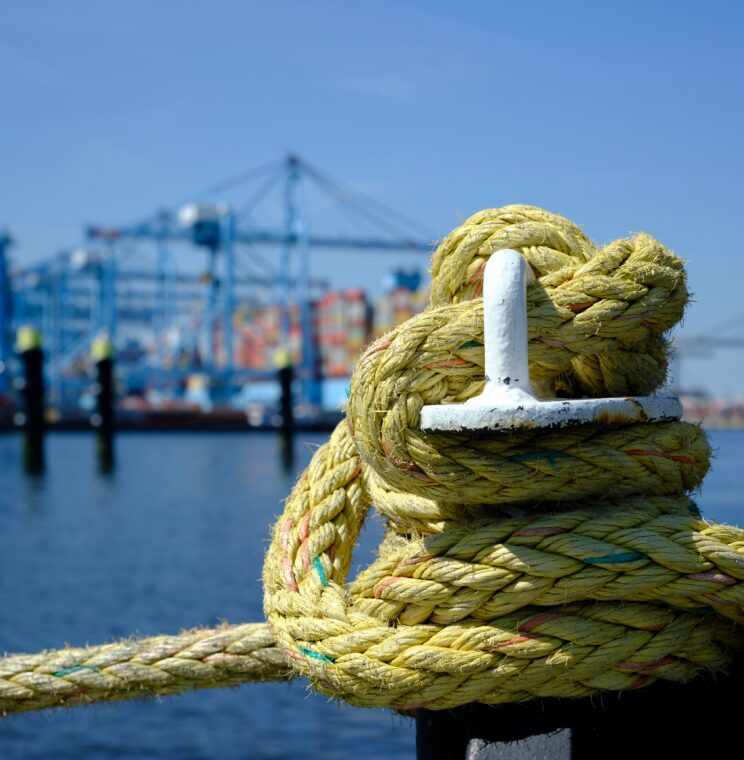Analysis of Truck tax effects
Analysis of Truck tax effects
The introduction of truck tax is included in the Dutch coalition agreement.
The purpose of this is to make domestic and foreign freight traffic pay for the use of the road. The levy also aims to innovate and make the Dutch transport sector more sustainable.
The levy introduces an amount per kilometre driven for trucks and replaces the Eurovignette. In addition, the motor vehicle tax (MRB) for trucks is reduced and the levy is set up with a neutral budget. The resulting income from the levy is channelled back to innovation, making freight transport more sustainable.
On November 9th, 2018 the Council of Ministers approved the principles for the truck levy. In preparation for this, various facets of the levy have been analysed in recent months. Ecorys carried out two analyses at the request of the Ministry of Infrastructure and Water Management. The first analysis concerns the effects of the truck levy on the Dutch economy and competitive position. In addition, a social cost-benefit analysis (SCBA) of the truck levy was carried out.
Both studies show a wide range of effects of the truck levy. Based on this, various conclusions are drawn about the usefulness, necessity and significance of the levy.

8 July 2019
1 minute read
Sectors
Services
Key Experts
Eline Devillers
Sector Manager



